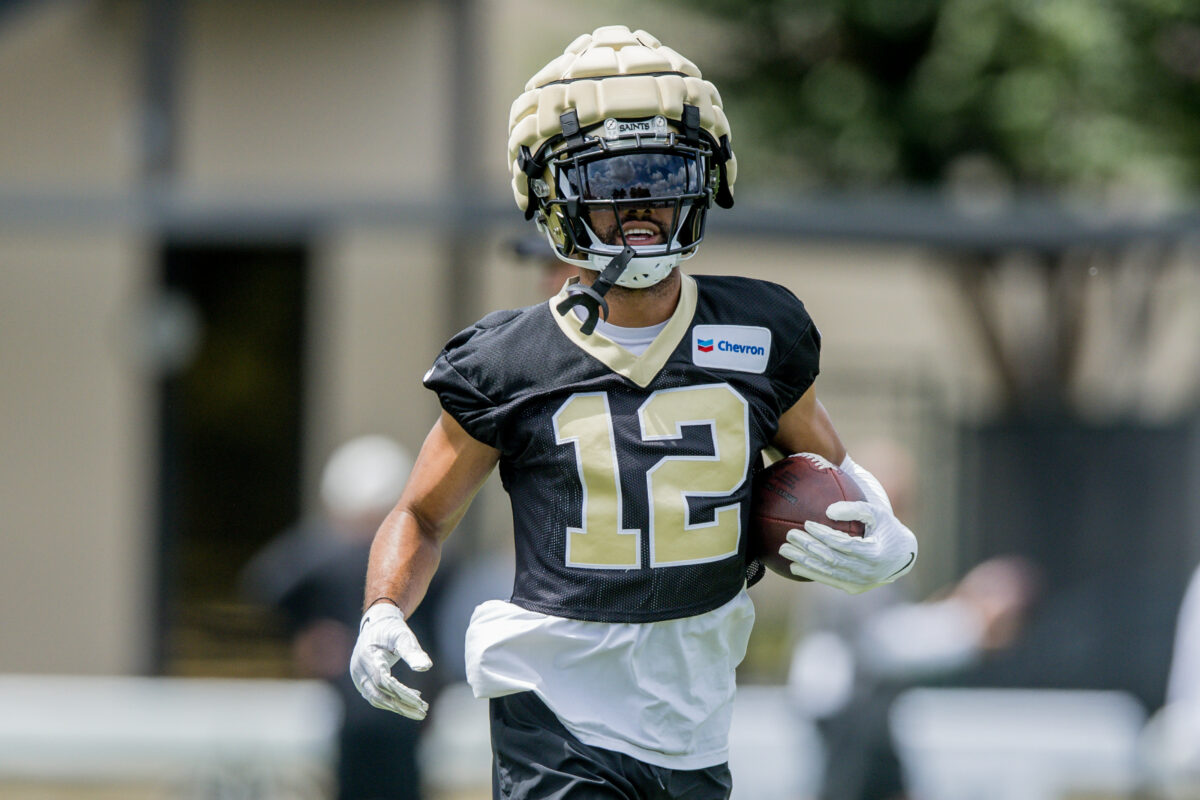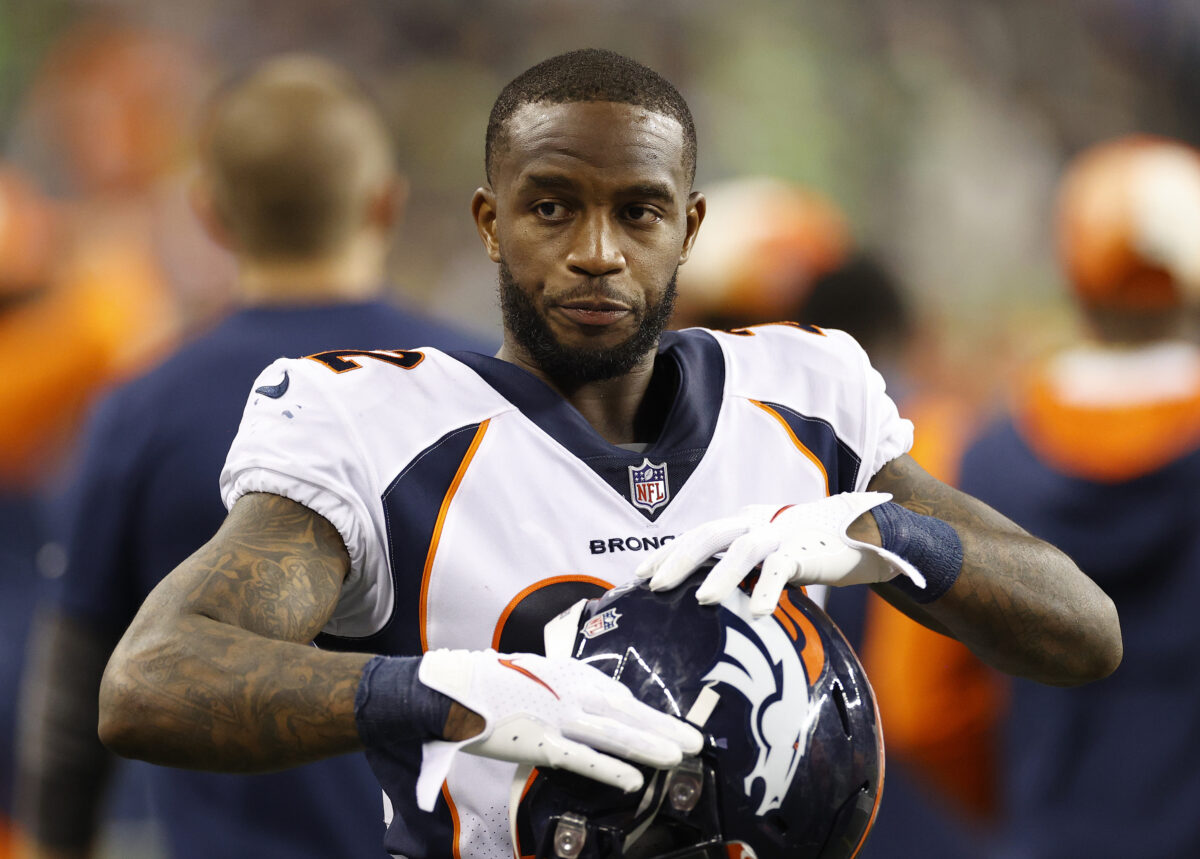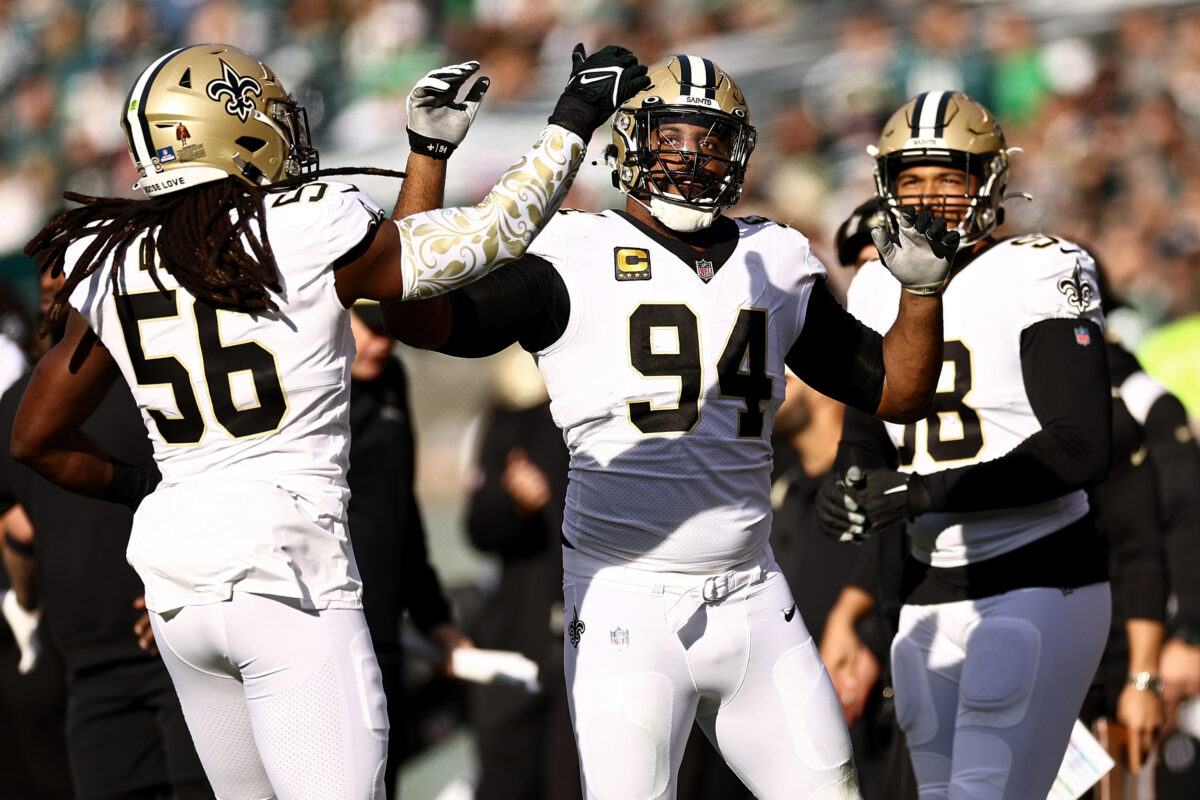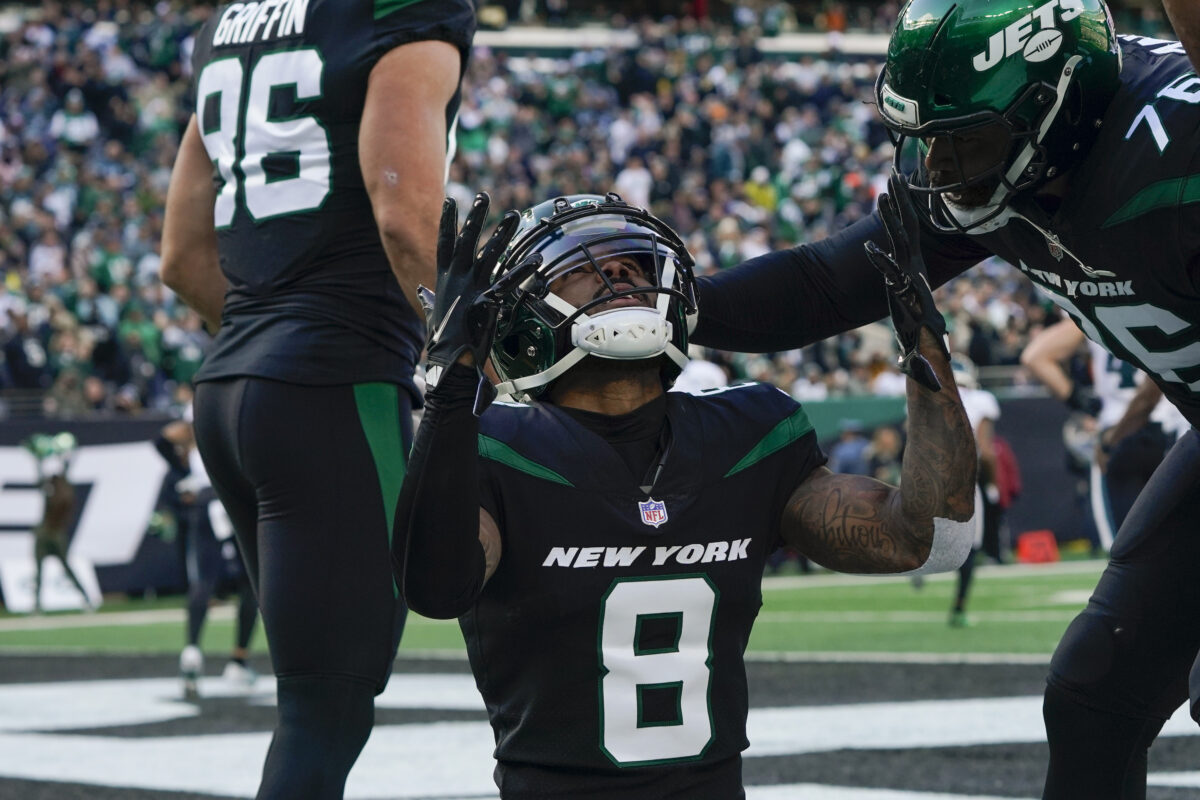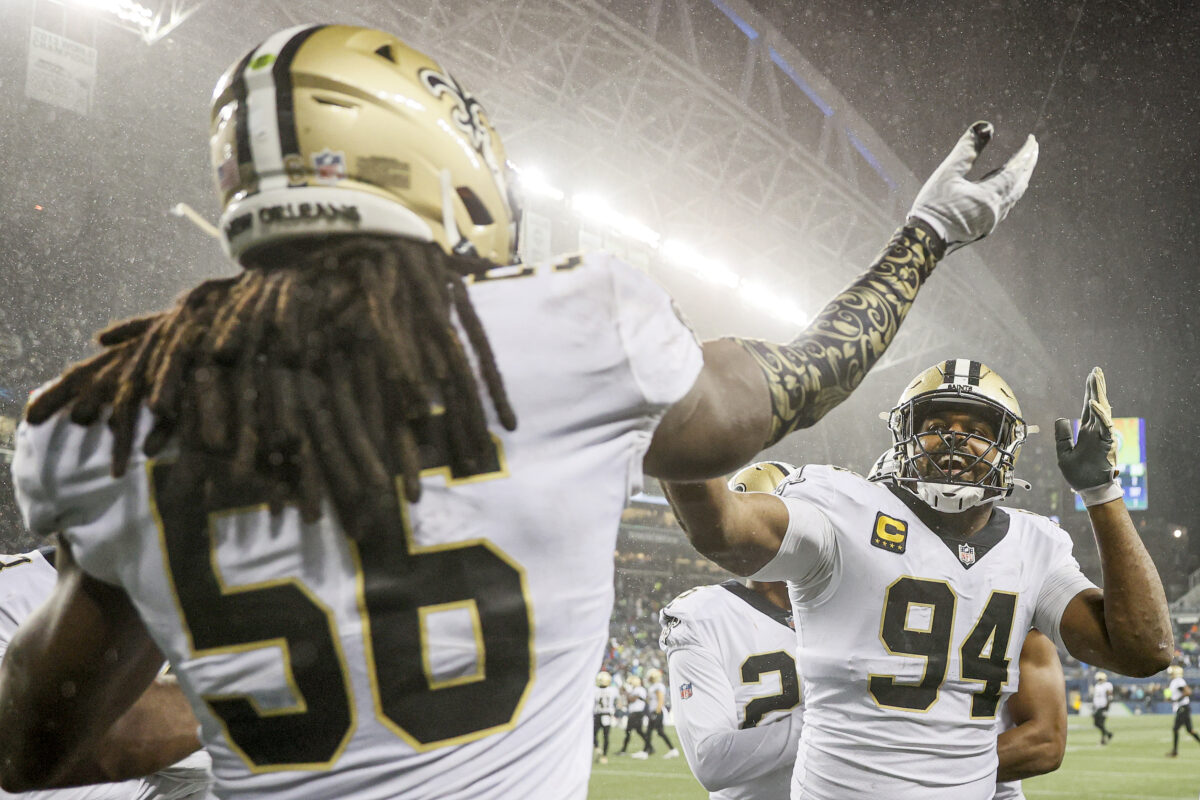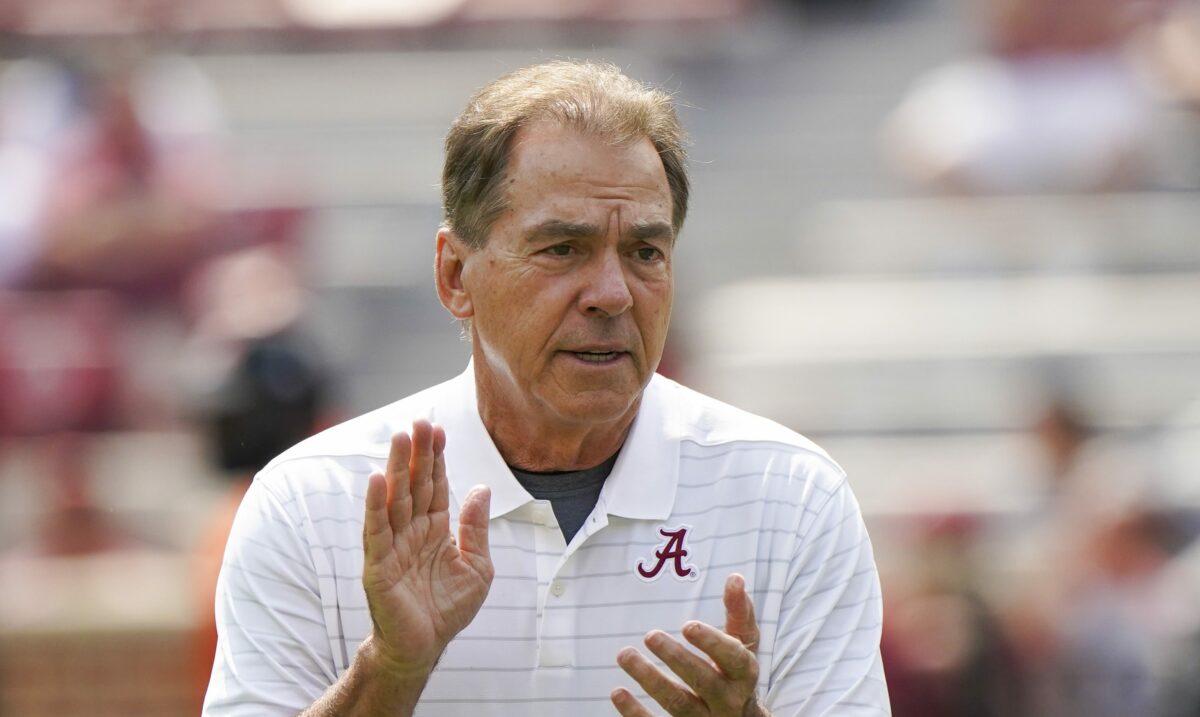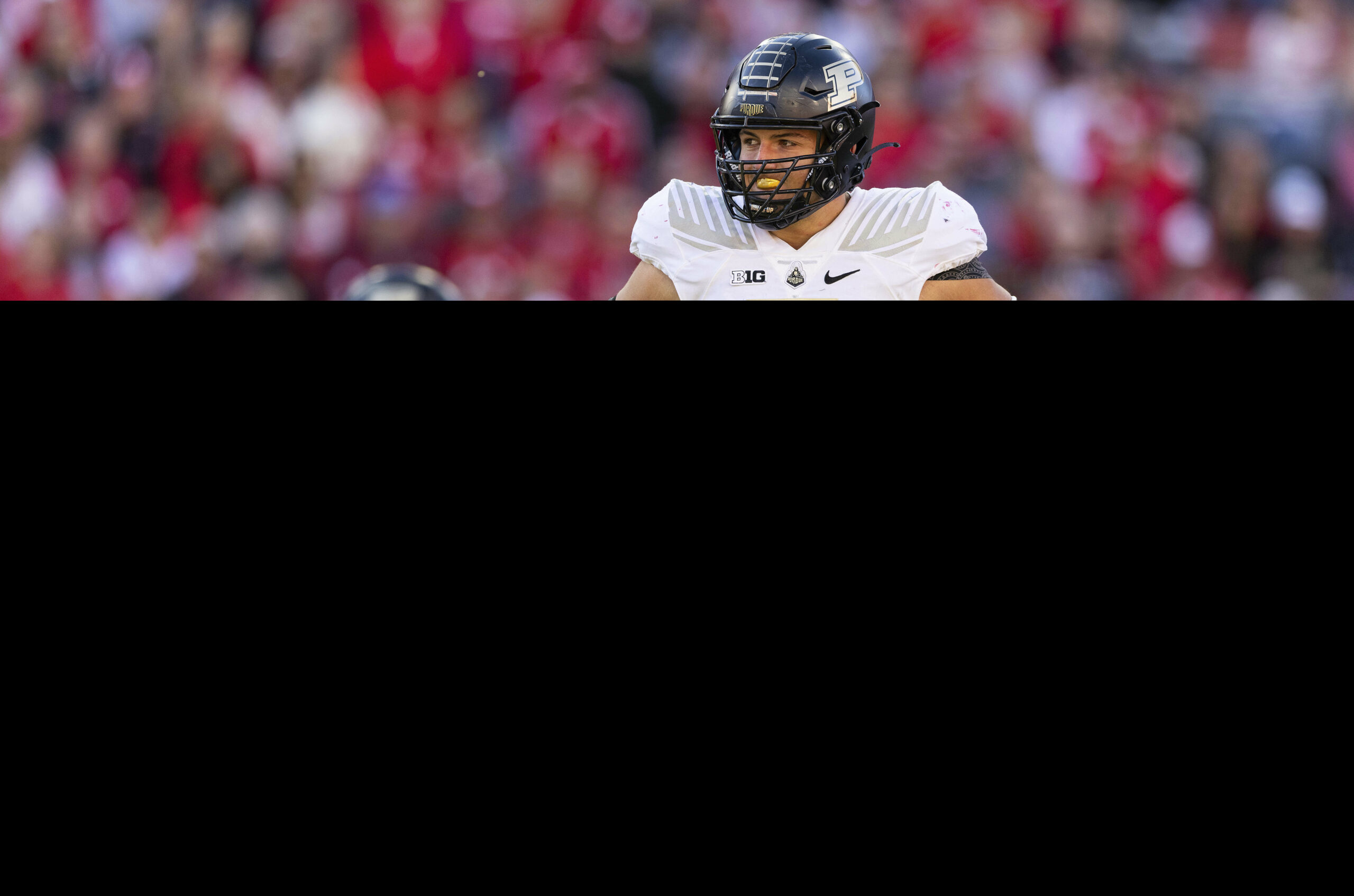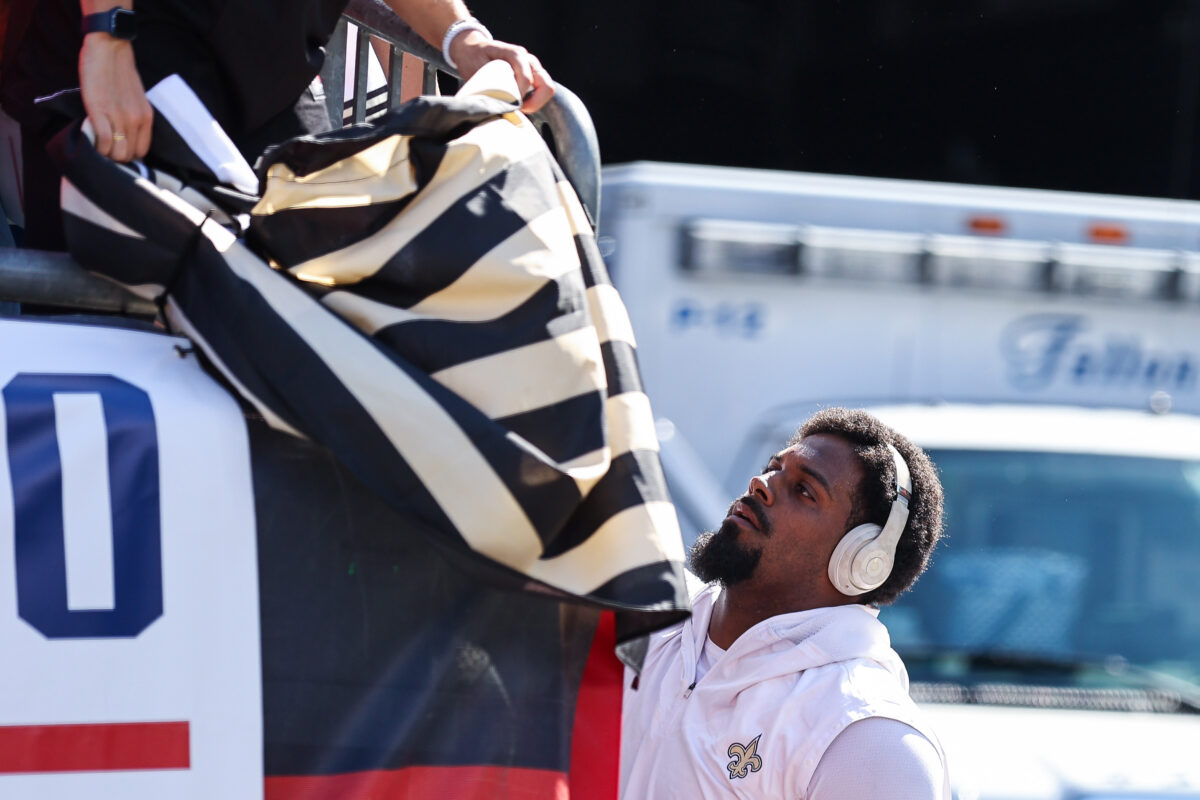Like it or not, Saints are riding the downslope of Cameron Jordan’s career:
[sendtonews_embed video_id=”nxFKaiWwm6-1540456-7498″]
It’s becoming increasingly clear that Cameron Jordan will remain second-best in the New Orleans Saints record books for career sacks. He’s racked up 94.5 takedowns in his long career in black and gold, but he hasn’t found a single sack through the first four games of 2021.
He’s still getting pressures; his 18 defensive pressures rank eighth-most among all defensive linemen, but it’s more a product of him rarely leaving the field. Just five of his peers have seen more snaps (Shaquil Barrett, Aaron Donald, Leonard Floyd, Chase Young, and Sam Hubbard) than he has this season. His pass rush productivity rating from Pro Football Focus is just 6.2, 29th among linemen who have taken 100-plus reps.
Pressures are fine in the same way that popcorn is fine. They’re both empty calories that don’t leave you satisfied. Sacks are one of the most impactful plays a defender can make, between the loss of yards and the very physical rattling it puts on a quarterback. In 2017, Football Outsiders found that just 16% of possessions including a sack went on to find a first down or touchdown. You can pressure a quarterback and still end up with him completing a pass for a big gain.
And we aren’t getting enough of those impact plays from Jordan. His current sacks draught stretches back to Week 16 of last season, when he got just one sack against Kirk Cousins. Then you’ll see three more games without a sack until he got one in that farce of a game with the quarterback-less Broncos. Three of the eight sacks he got last year came in one game with the Falcons, which, at least he picked a high-stakes rivalry game to do it in.
Maybe this is just who Jordan is now. He’s closing in on 10,000 snaps played in the NFL (he’s probably already there; public tracking only goes back to 2012, a year after he entered the league, and Jordan is up to 9,931 snaps on defense and special teams in the regular season and playoffs) and that puts tremendous wear and tear on his body. It makes sense that he’s slowing down and becoming less effective as he ages.
It’s just a shame that the players brought in to replace him haven’t been up to the task. First-round draft picks Marcus Davenport and Payton Turner, and even underrated free agent pickup Tanoh Kpassagnon, have missed time with injuries. Carl Granderson is throwing a lot of spin moves at opposing blockers with little success. Until everyone is healthy and firing on all cylinders, the Saints are stuck in a tough spot by asking a top-30 defensive end to handle a top-5 player’s workload.
That doesn’t mean Jordan is washed up and can’t play. Far from it. He’s a very good run defender and a complimentary pass rusher. He can help almost any defense in this league, which should make him an attractive trade piece next summer when he’s 33 and counting $22.6 million against the salary cap, the fourth-largest cap hit on the team. Only Marshon Lattimore ($27.4 million) and Ryam Ramczyk ($22.8 million) are ahead, but their recent contract extensions were designed with restructures in mind. Michael Thomas ($24.7 million) is also in the mix.
Cutting or trading Jordan early in the offseason won’t be an option; it only saves $1.4 million while leaving a $21.4 million dead money on the books. But doing so after June 1 will create $14.7 million in savings. There’s still an $8.1 million dead money charge in 2022 weighing in, but the bulk of the cap penalties doesn’t factor in until 2023 ($13.2 million, coinciding with a huge rise in the salary cap with new media deals money flooding in, making it more manageable).
There’s still time for Jordan to turn it around. If he starts finishing those plays better and stacking up more sacks instead of hits or hurries, maybe the Saints consider another restructure (saving $8.5 million) or extension in the future so he can finish his career in black and gold. We haven’t seen the defensive line at full strength yet and Jordan should benefit once Davenport and David Onyemata return. Right now he just hasn’t justified his contract.
We just can’t ignore the possibility that Jordan is nearing the end of the line. He’s been everything the Saints could have hoped for when they drafted him way back in 2011. He’s a Pro Bowl regular, a team captain, and a face of the franchise. Seeing him play for another team would be really tough. Losing both him and star left tackle Terron Armstead in the same offseason would be even more difficult. But the post-Drew Brees era in New Orleans is going to be full of changes and tough decisions, and fans should start making their peace with it sooner rather than later.
[listicle id=51300]

